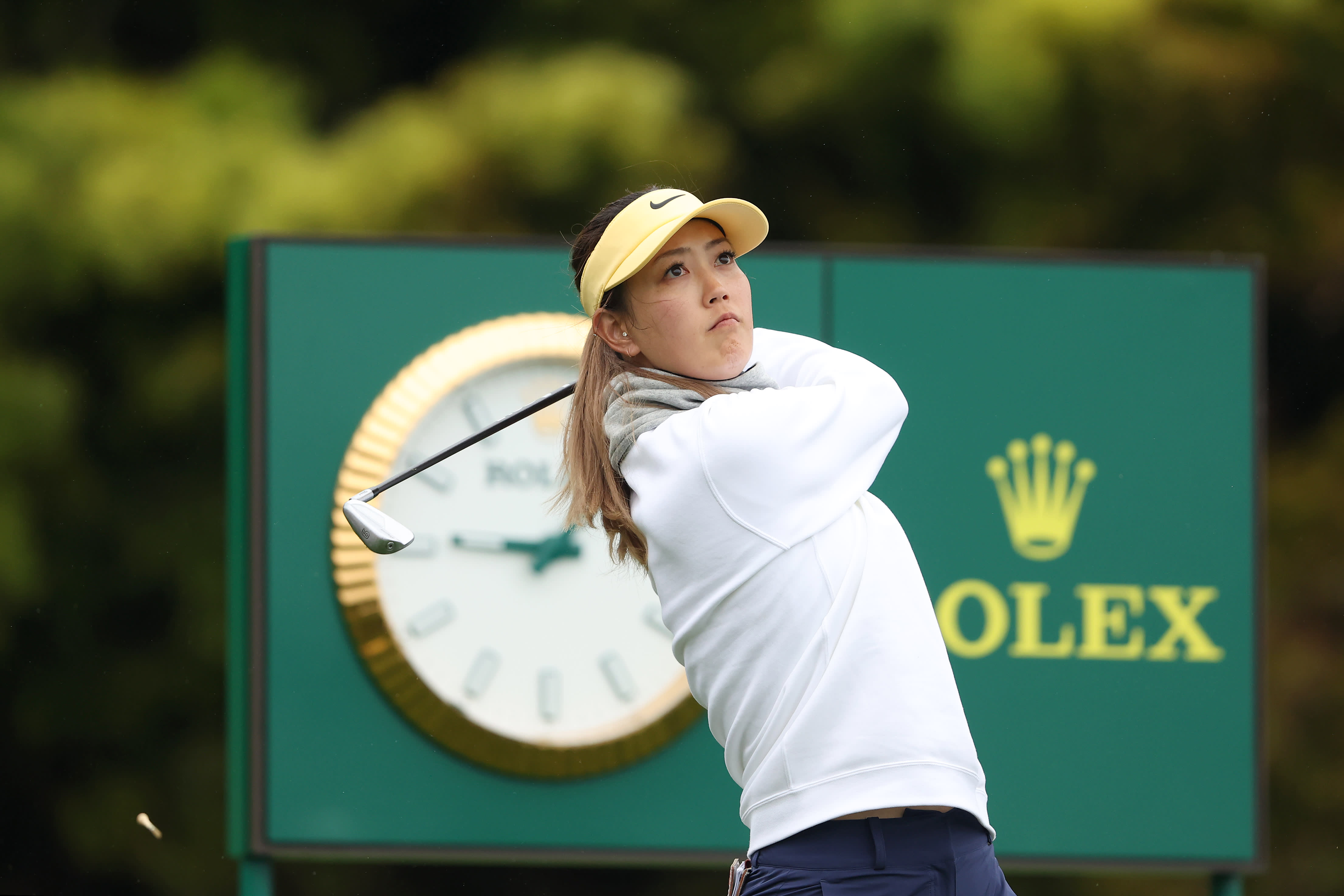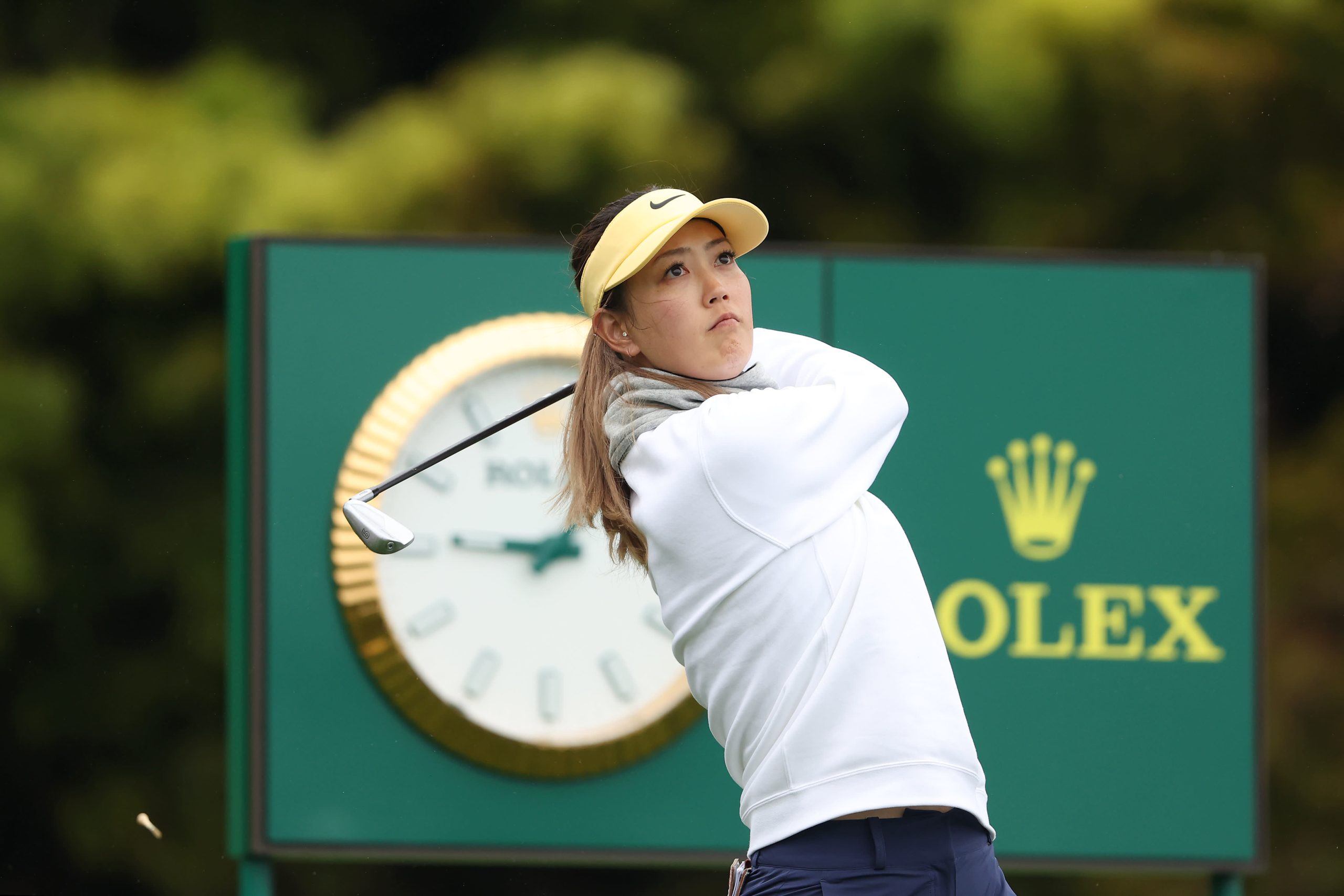
The world of women’s sports is undergoing a seismic shift, and former LPGA star Michelle Wie West is helping drive that change with a sledgehammer. After years of crushing drives on the golf course, she’s now swinging for the fences as an investor in Togethxr – a women-founded media company that’s rewriting the playbook for female athlete representation. This move comes at a critical moment when women’s sports receive just 4% of total sports media coverage, despite generating record-breaking viewership numbers. Wie West’s transition from athlete to investor mirrors a growing trend where retired stars leverage their platform to build equity rather than just endorse products.
Building More Than Just a Media Company
Wie West’s investment in Togethxr isn’t some vanity project – it’s structural reinforcement for an organization founded by heavy hitters like Alex Morgan and Sue Bird. Since its 2021 launch, Togethxr has been the construction crew building infrastructure for women’s sports narratives, producing content that actually reflects viewership statistics (hint: the 2023 NCAA women’s basketball championship drew bigger numbers than the men’s). What makes Wie West’s involvement particularly strategic is her parallel work with the Hoodie Project, an LPGA initiative breaking down socioeconomic barriers in golf. She’s not just writing checks; she’s creating crossover opportunities between media representation and grassroots access.
The New Playbook for Athlete Investments
Gone are the days when retired athletes just opened car dealerships. Today’s stars are behaving like venture capitalists, with Serena Williams’ Serena Ventures funding 16 unicorn startups and Kevin Durant’s Boardroom reshaping sports media. Wie West’s move follows this blueprint but with a twist – she’s specifically targeting the media coverage gap that sees women athletes routinely ignored. Consider this: Togethxr’s documentary work has already amplified stories like the USWNT’s equal pay fight, generating 3x more social engagement than traditional sports networks’ coverage of similar topics. These athlete-led ventures aren’t just supplementing mainstream coverage; they’re proving there’s an underserved market hungry for women’s sports content.
Media as the Ultimate Equalizer
The numbers don’t lie – when women’s sports get airtime, they deliver. The 2023 Women’s World Cup broke records with 1.5 billion viewers, while the WNBA’s 2024 season opener saw a 121% viewership spike. Yet corporate sponsors still hesitate, creating a vicious cycle Togethxr aims to break. Wie West brings particular credibility here; her Mizuho Americas Open tournament (where she serves as host) saw a 40% increase in junior golfer participation after implementing her accessibility initiatives. This dual focus on media and participation creates a reinforcing loop – better coverage drives interest, which drives participation, which makes coverage more valuable. It’s the opposite of the debt spiral I usually rant about – this is compound interest working for good.
Wie West’s blueprint offers more than hope – it’s a provable model. Between Togethxr’s content reaching millions and her golf initiatives creating new pipelines of talent, she’s demonstrating how athlete capital can reshape entire ecosystems. The playbook is clear: invest in media infrastructure to change narratives, tie it to participation growth, and watch the whole market rise. For women’s sports stuck in the minor leagues of coverage, these athlete-investors aren’t just buying seats at the table – they’re building a whole new stadium. And if the current trends hold, we’re looking at a future where the question isn’t “Why don’t women’s sports get coverage?” but “Why didn’t we do this sooner?”





发表回复